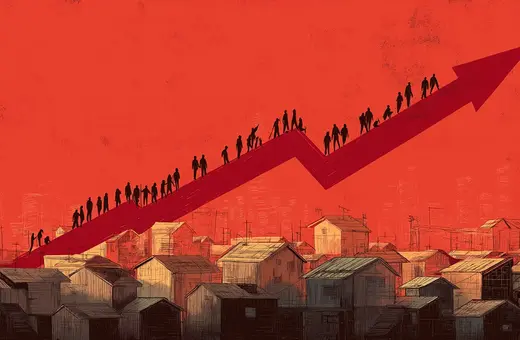Prices are now rising faster than they have in over 40 years in the US, the UK and the rest of Europe. Yet central banks failed to see this coming and are still underestimating the real causes of inflation and how long it’s likely to last. The mainstream view is blaming a temporary rise in energy prices and the stimulus packages governments offered to shield the economy from the effects of Covid. But the real explanation of why inflation is as high as it is is very different: changes in demography. The last few years have seen an end to the abundant supply of cheap labour globally, an effect accelerated by the pandemic. But trying to aggressively contain the resulting inflation now could backfire, writes Charles Goodhart.
Inflation is quickly becoming a hard reality in the US, the UK and the Euro-zone area. In the course of the last year, inflation surged from somewhat below target, 2% in most economies, to a level of over 7% in the USA and 5% in the UK and the euro-area. With the continuing high level, and possible further rises, in energy prices, and the Omicron variant still disrupting supply chains, notably in China, such rates could easily rise further over the next few more months.
The mainstream explanation for the current rise in inflation put forward by central banks and their supporters is that they underestimated the persistence of supply chain difficulties, as well as the speed at which economies would bounce back after the end of strict pandemic measures. Critics within the mainstream would add that fiscal policies designed to combat the effects of the pandemic were overly generous, especially in the USA through the use of stimulus cheques, thus further contributing to inflation.
However, there is a much deeper reason why we are experiencing inflation and why we have, therefore, entered into a wage/price spiral in the US and the UK: changes in demography. A shift in the global availability of low wage workers in the larger global market, including China and Eastern Europe, have switched the underlying trend from one of a massive surplus of available workers, to one in which the workforce is beginning to shrink. In the years before Covid, the bargaining power of labour had been trashed; now it is beginning to recover quite sharply, and will remain stronger over the next few decades.
___
Until the autumn, virtually all central banks thought that the current inflation was transitory, and would reverse relatively quickly from a low peak.
___





















Join the conversation